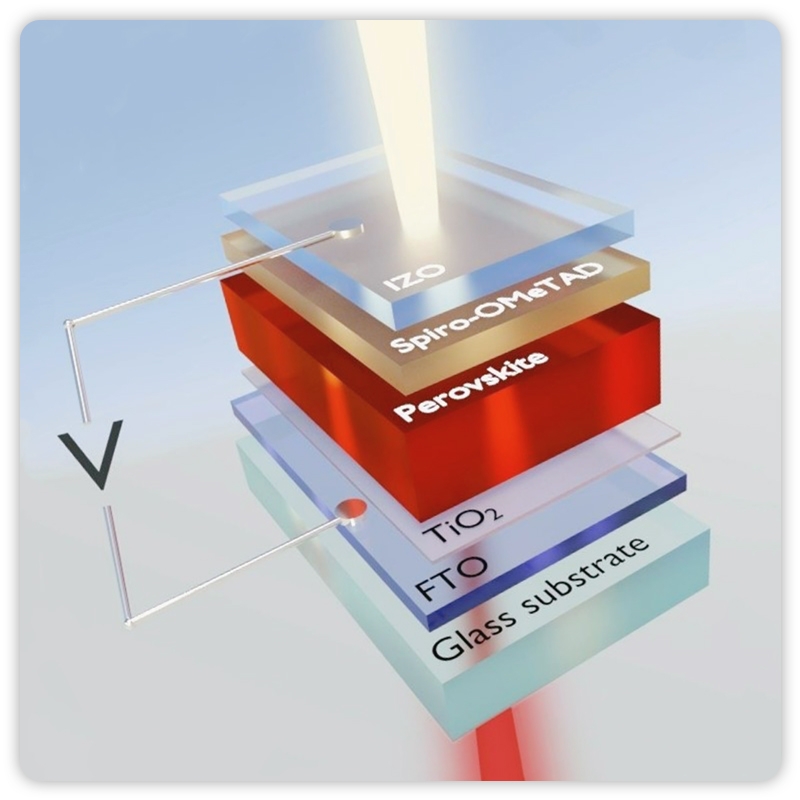New advances have been made in the study of melanin cell regeneration
-
Last Update: 2020-12-25
-
Source: Internet
-
Author: User
Search more information of high quality chemicals, good prices and reliable suppliers, visit
www.echemi.com
Recently, Liu Liping, Ph.D. student of Jiangsu University School of Medicine, Zheng Yunwen, Professor of Regenerative Medicine Research Institute of Jiangsu University, and Li Chengmei, Professor of Dermatology of Jiangsu University Hospital, in collaboration with Hui Lijian, Professor of Biochemistry and Cell Biology, Shanghai Institute of Life Sciences, Chinese Academy of Sciences, revealed the potential of induced melanin cells from patient-induced erypotent stem cells (iPS cells) in the treatment of self-transplantation. The findings were published online April 9 in Cell Reports.
a long time, some people due to the number of melanin cells decreased or lack of function, the production of pigment degenerative diseases, such as vitiligo and other diseases. Traditional treatment methods are often more difficult to obtain a sufficient number of melanin cells with high proliferation activity and suitable for transplantation.
Liu Liping team through 5 years of intensive research, the use of vitiligo patients pigment loss site skin tissue to produce patients iPS cells, and through three-dimensional induced differentiation culture technology to obtain a large number of melanin cells with high proliferation capacity and in vivo integration capacity.Using hair follicle reconstruction models in immunodeficiency mice, the
team confirmed that iPS cell-induced melanin cells, after transplantation, can build the basic structure of the skin with long-term stable regeneration, play normal skin function, and have no tumor-like performance during more than 2 months of observation.
Compared with normal melanin cells, the induced melanin cells from patients' iPS sources may involve multiple signal pathogenesis related to the pathogenesis of vitiligo, providing a possible unprecedented research model for revealing the pathogenesis of pigment loss in the future, as well as possible research models and references for the production mechanism of pigment loss and other resuscable disorders. Liu Liping said.
this study not only reveals for the first time the long-term functional maintenance of the induced melanin cells in the human body, but also provides a reliable cell source and treatment strategy for the future individualized cell transplantation therapy. (Source: Science Network, Gushuang Luxuan)
related paper information:
This article is an English version of an article which is originally in the Chinese language on echemi.com and is provided for information purposes only.
This website makes no representation or warranty of any kind, either expressed or implied, as to the accuracy, completeness ownership or reliability of
the article or any translations thereof. If you have any concerns or complaints relating to the article, please send an email, providing a detailed
description of the concern or complaint, to
service@echemi.com. A staff member will contact you within 5 working days. Once verified, infringing content
will be removed immediately.







